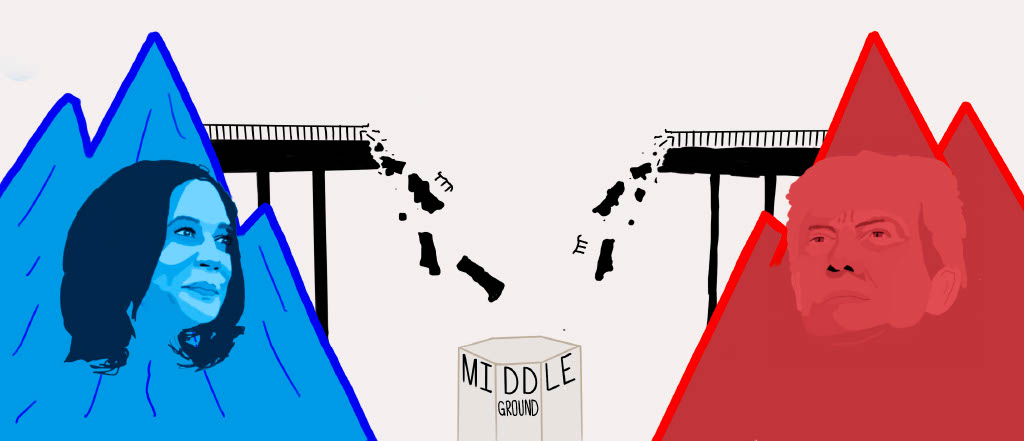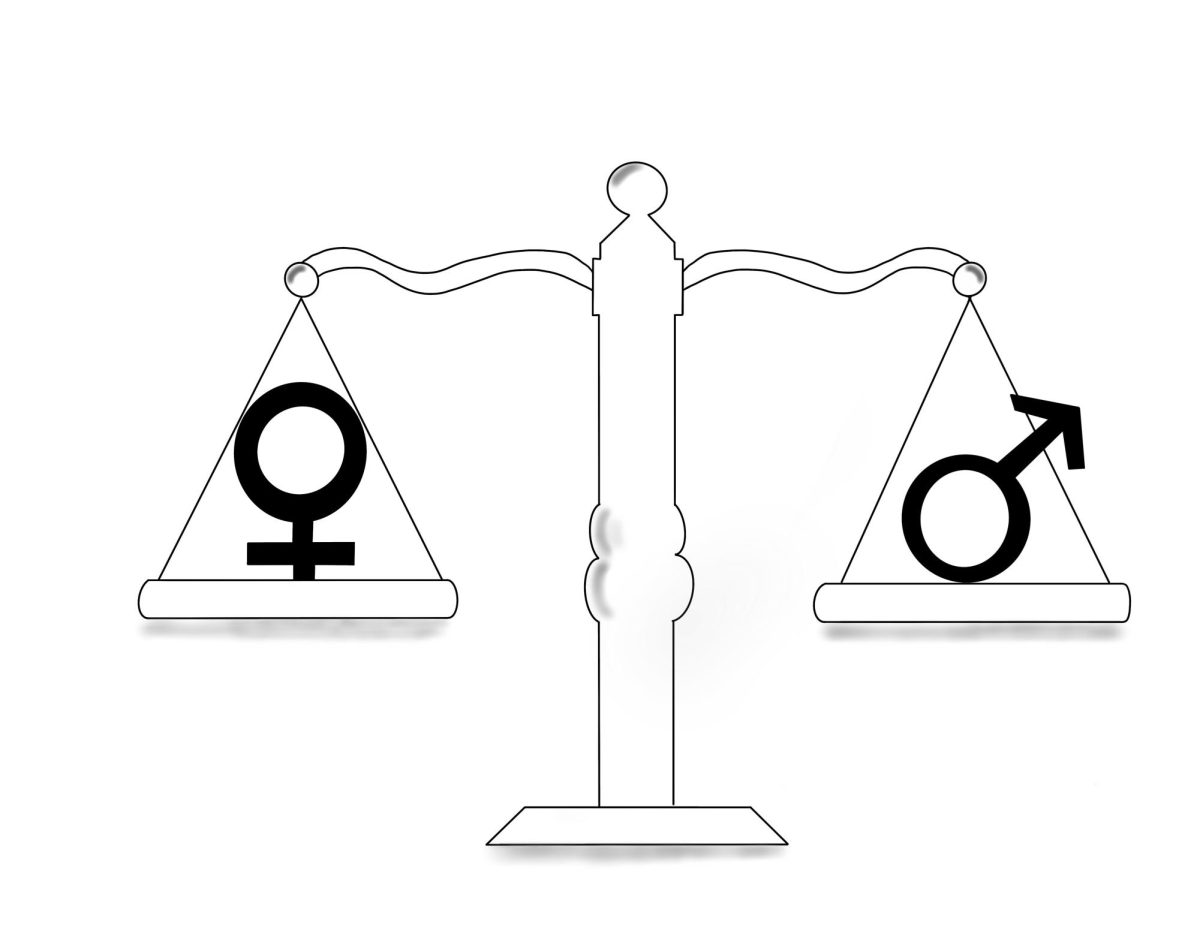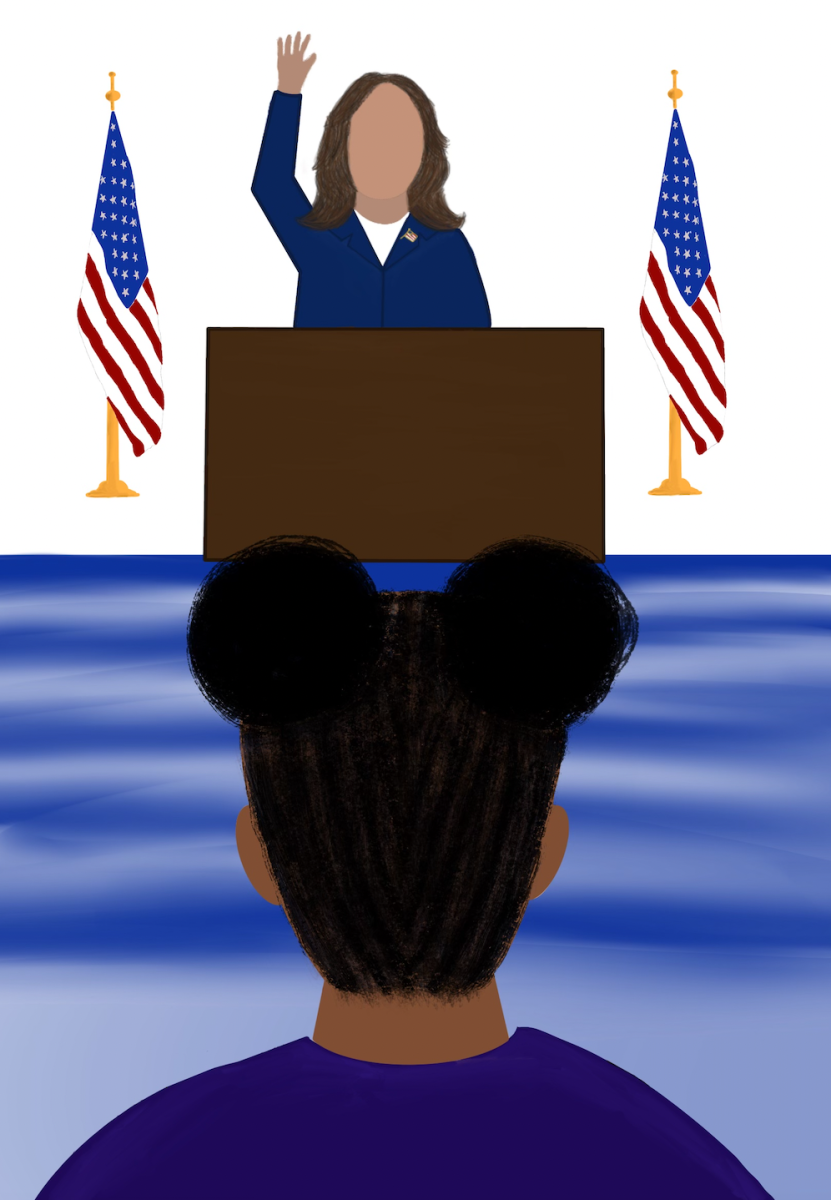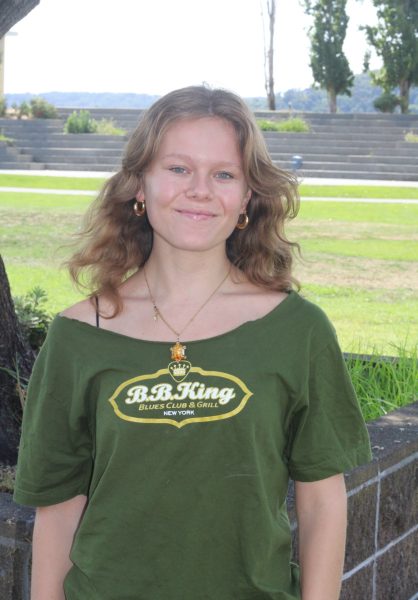“Kamala IS Brat,” Charli XCX declared on July 21, 2024. With this proclamation, Kamala Harris’s campaign page KamalaHQ underwent a lime green, “Brat” rebrand and TikTok was flooded with edited audios of Harris’s famed “coconut tree” speech. With that came a fundamental shift in the attitudes of Generation Z toward the 2024 election. But what does “Kamala is Brat” even mean? And why has a sickly neon green color ignited a wave of support from a once uninspired generation?
The social media craze began following the release of the hyper-pop album “Brat,” released by British singer-songwriter Charli XCX. The album consists of upbeat, confident anthems and advocates for the life of the “party girl.” Social media embraced the album with open arms, creating TikTok dances to nearly every song and labeling everything under the newfound moniker of “Brat.”

At first glance, it appears that “Brat” and the campaign of a 60-year-old woman for president would have no overlap. However, the bright green rebrand reflects Generation Z’s recent surge in support for the Harris campaign. Immediately following the announcement that the former Democratic nominee, President Joe Biden, would drop out of the race, progressive youths rushed to various public forums to showcase their support for Harris. Senior and co-president of the Democrat Club Elle Hock was one of many who participated in this initial wave of support.
“[When Joe Biden dropped out], I was on this huge bus. We were sitting in traffic, and I got a text from my friend saying, ‘Oh my god, Joe Biden just dropped out.’ I told all my friends about it and it was a moment of celebration,” Hock said. “Young people were celebrating Joe Biden giving up his chance of a second presidency for the younger generation and for Kamala Harris to take over. I think there was a very positive reaction to that from social media.”
But the real question remains: are Harris’s tactics working? For senior Riley Wein, the answer is yes.
“I love how she has leaned into trends in general. I think it’s really appealing to younger audiences. My favorite one that [the KamalaHQ account] did was the TikTok of [Trump’s and Harris’s] planes arriving at the same time on the tarmac with the audio of Abby Lee Miller in the back,” Wein said.
Similarly, Hock described how Harris’s use of trends has served as a humanizing force for her campaign in this difficult political landscape.
“[Harris] is using memes and culture. She is a younger candidate. She is involving herself in social media in an engaging way to young people. To me, that’s engaging. It makes people smile and laugh and see her as more of a positive person,” Hock said.
Across the political spectrum, the Trump campaign has also capitalized on the power of social media to amplify its messaging and engage voters. On July 13, Trump was shot at his rally in Pennsylvania. With blood from the bullet wound dripping down the side of his face, Trump heroically raised his fist into the air. The iconic photo took the internet by storm. Trump supporters, both old and young, turned to their social media to share the iconic image. The famed photo began appearing in memes of a different nature — memes that associated Trump with local heroes and public servants. However, both Harris’s and Trump’s use of the memes aim to connect with voters across new forms of media, as history teacher Ted Brown explained.
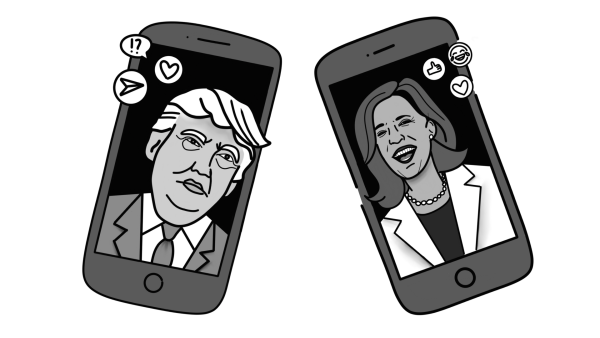
“The candidate who can connect with ordinary people more effectively than the other candidate will, for the most part, win the election,” Brown said.
This trend — of mass media influencing elections — is not unique to 2024. The first televised debate between prospective candidates Richard Nixon and John F. Kennedy, in 1960, went down in history as a turning point in Nixon’s campaign. While Kennedy embodied the American spirit in a fresh new way, Nixon crumbled under pressure, representing an outdated vision for America, and looked, quite simply, bad.
“Nixon didn’t want to play the TV game. If you listened to the radio at the time, it [would sound] like Nixon won. But if you watched it on TV, Kennedy won the day,” Brown said. “What’s visual has become more and more important.”
It was Kennedy’s understanding of the power of visual media, indeed, that propelled his success in this debate and later in the election. Today, presidential candidates must optimize new technologies such as social media in order to achieve success in their campaigns.
But what sets Harris’s campaign apart from those in the past is the sense of freshness and hope that her campaigns bring to many members of Generation Z. While there were plenty of internet memes online, the response to the potential rematch between 81-year-old Joe Biden and the 78-year-old Donald Trump was far from optimistic. Many in Generation Z grew cynical when faced with these options and resorted to withdrawing from the political process entirely. However, Kamala offered hope by harnessing social media.
“Social media rallied behind Kamala Harris and took her quirkiness — her laughing on stage and being a person — positively.”
It’s important, however, not to discount the sense of hope that Trump also inspired in his supporters following his assassination attempt. While Harris chose comedy to bring joy to her campaign, Trump’s team focused on heroism and his embodiment of traditional American values. Therefore, both sides mustn’t underestimate the influence each candidate has on their supporters. Brown discussed this idea particularly as it pertains to the stereotypes theleft has over Trump rallies.
“You go to Trump rallies. These are places where people are having [fun]. They are joyful. They love their candidate. They are dedicated. They forgive him for his flaws. He’s one of them,” Brown said.
With this in mind, it is crucial to remember that the 2024 election is not yet decided, and the strategies of each candidate will play a significant role in shaping the outcome. This dynamic highlights a broader truth in politics: that voters are drawn to the feeling of connection and positivity that a good campaign can provide. Indeed, both Trump’s and Harris’s tactics were successful in reinspiring youth engagement, solidifying their place in this election and their influence beyond it. Brown aptly noted the implications of appealing to voters’ desire for positive change.
“There’s something appealing to [voters] about wanting to feel good. You give them something to laugh at, rather than something to be frightened by,” Brown said.





